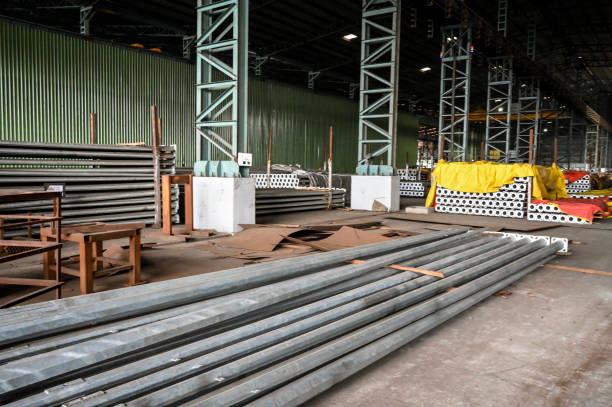Rust is an expression that describes the process of corrosion that takes place when metals interact with moisture and oxygen in the environment. Although rust is usually connected to steel and iron but aluminium also has the potential to corrode and produce a type of corrosion known as aluminium oxide.
Aluminium oxide is a natural and protective layer that forms on the aluminium’s surface after it comes into contact with oxygen. The layer functions as a barrier, deterring further corrosion and protecting the metal underneath. But, if this protective layer is damaged or compromised, aluminium can be susceptible to develop rust.
Several factors contribute to the rusting of aluminium. Moisture exposure, particularly in the form of water or humidity is among the primary culprits. If aluminium is exposed moisture or to high levels of humidity it undergoes chemical reaction with oxygen leading to the formation aluminium oxide.
Another cause of aluminium rust is the presence of other metals in contact with the surface of aluminium. When different metals come in contact, such as copper or steel the electrochemical reaction referred to as galvanic corrosion is triggered. This process causes the aluminum to corrode more rapidly, resulting in the formation of rust.
Other environmental factors such as saltwater as well as alkaline or acidic substances as well as industrial pollutants could be a contributing factor to the corrosion of aluminum. These elements may penetrate the protective oxide layer, causing it to degrade and making the metal more vulnerable to be rusty.
The effects of aluminium rust can be detrimental to its appearance as well as performance. On the surface, rust in aluminium is visible as a reddish-brown discoloration or stains on the surface. This could significantly affect the appearance of aluminium structures, fixtures or even equipment.
In terms of functionality Aluminium rust may compromise the strength and structural stability of the metal. As the rust develops it can weaken aluminium, leading to pitting, cracks, or even complete failure in the most severe instances. This is especially concerning in cases where the durability and strength of aluminium are crucial like in the aerospace, construction or automotive sectors.
To keep aluminium from rusting, various protective measures are available. One method that is most effective is applying a protective coating or finish to the aluminum surface. The coatings serve as an insulator between metals and the surrounding environment, stopping oxygen and moisture from entering direct contact with the aluminum.
Common protective coatings for aluminium comprise anodizing and paints or powder coats. Each coating type has distinct advantages, including improved endurance, greater resistance to abrasions and chemicals and customizable colours or finishes. The selection of the correct coating will depend on the particular requirements and purpose of the aluminum.
Regular maintenance and cleaning play a crucial role in stopping the rusting of aluminium. Cleaning dirt, grime, and any corrosive substances from the surface of aluminum helps to preserve the oxide layer. Gentle soaps and detergents as well as non-abrasive cleaning tools should be used to protect the aluminum.
In addition, reducing exposure to moisture and controlling the surrounding environment can aid in preventing rust. Proper storage, ventilation and avoiding prolonged exposure to humidity or water are important to keep the integrity of aluminium.
In the event that aluminum has already begun to corrosion, restoration methods may aid in salvaging the material. Surface rust can often be removed using mechanical methods such as sanding, wire brushing or sandblasting. These techniques help remove the rusted layer, which allows the application of protective coatings or finishes.
For more severe cases of aluminium rust, chemical treatments may be required. Acidic


